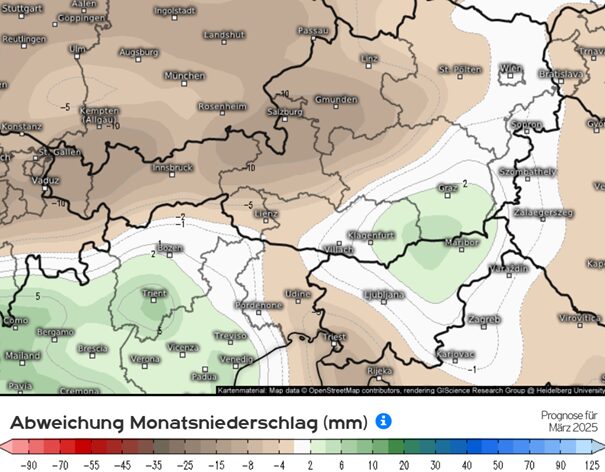
Tobias and I were in Milan to check out our new packaging line. We were able to sort everything out and were finished two hours later. However, the return flight didn't leave until 8:00 p.m.
We used the time to further our cultural education. We visited numerous cafes and bars, had professional discussions with the guests, and, incidentally, discovered the new Adidas flagship store.

We came, we saw, and yes, we bought the new work jackets for our employees. In a retro design, of course. Really cool and casual.
By the way: These jackets with CultCaffè print are also available for purchase for € 130.00.

Dear coffee lovers,
For all those who do not want to miss out on the full coffee aroma and enjoyment without caffeine, we present you our caffeine-reduced coffee:
It impresses with its mild acidity and harmonious character.
Due to the fresh roasting, it is much more aromatic than any decaffeinated supermarket coffee.
The special
Our caffeine-reduced coffee is made from 100% Arabica beans and decaffeinated using a gentle process with natural carbon dioxide (CO2). This process is not only chemical-free but also preserves the precious aromas and premium quality of the beans.
The variety of aromas is dominated by dark chocolate, complemented by subtle nuances that round off the aftertaste of this exceptional coffee.

Through a special process using natural carbon dioxide (CO2), the caffeine is extracted without losing the natural aromas and high-quality components of the bean.
The fats, proteins, and other aroma-relevant compounds are completely preserved. The process is particularly sustainable because the spring carbon dioxide is reused multiple times in a closed cycle.
The result: a coffee that retains its original character and full flavor despite decaffeination.
The winter so far has been mostly dry, and snowfall at low altitudes has been very rare. Only western Austria saw slightly more precipitation and snow, and that too, right on time. Just in time for Christmas, large parts of Vorarlberg, Tyrol, and Salzburg were covered in thick snow. This was followed by glorious weather over the holidays and school holidays, which was a great joy for many tourism professionals.
And once again, it's snowed heavily in some parts of Tyrol, meaning the semester break here is well-prepared for winter sports. Well, in eastern Austria, the snowfall has been rather disappointing so far, but that's a matter of taste. Not everyone wants knee-deep snow and icy temperatures, even if various media outlets claim it's always going to be like that. If we dutifully "protect the climate" and bravely pay for it, then Russian cold and meters of snow will come to Lower Austria, too, I promise.
Yes, there are indeed scientific long-term forecasts that calculate the weather conditions in Austria until the end of March. These continue to show somewhat dry conditions in large parts of the country and no significant cold.
Here's an image (source: Kachelmannwetter.com, European weather model ECMWF) showing precipitation anomalies for the entire month of March. February looks similar, and the forecast is somewhat more reliable than these long-term forecasts, which I personally don't believe in at all!

We, the NGO of depressed climate deniers, have already sent 17 complaint emails to Frau Holle. Her answer and excuse was that she's currently only employed part-time, rather marginally. The lazy one... whatever, she wants to improve, and so that can only mean one thing. She'll change employers in two weeks and then really get going.
Meteorological spring begins on March 1st, astronomical spring on March 20th. By then at the latest, all of Austria will be buried under gigantic masses of snow, and otherwise at Easter. This year, at April 20th, this falls almost as late as possible in the calendar, but that doesn't matter. We recall that around mid-September 2024, there were enormous amounts of snowfall from the low mountain ranges upwards, and catastrophic flooding in large parts of eastern Austria.
The general weather situation determines whether and how much it rains or snows in Austria and this is left to dynamic chance, or Mother Holle, as you like😉
Christian Zenkl, meteorologist, Wettercafe Innsbruck
https://www.facebook.com/wettercafe.at/